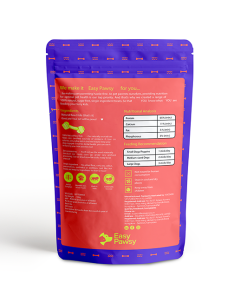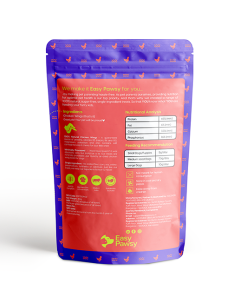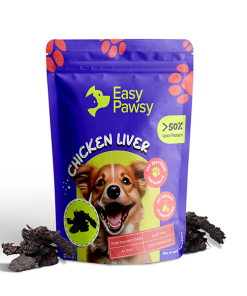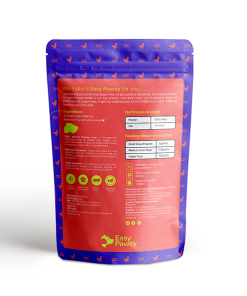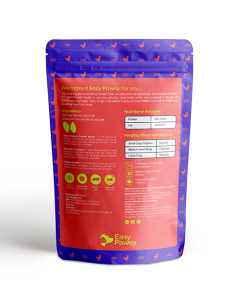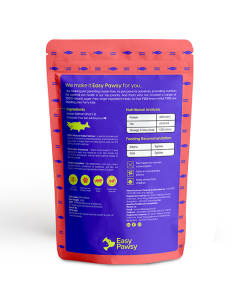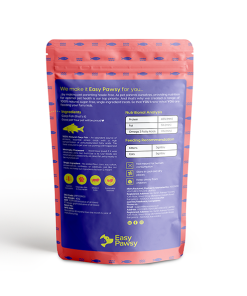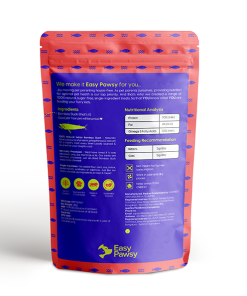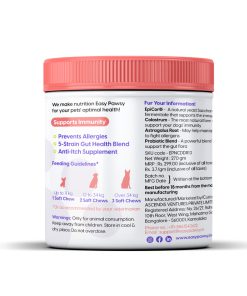All Genders, All Species, Grooming
3 Ways to Test Water Temperature for Your Pets’ Bath
“Is the water too hot?” “Or is too cold?” If you have found yourself asking these questions when giving a bath to your pet…we’ve got the answers right here.
Cats vs. Dogs: Reacting to Water
Why Don’t Cats Like Water?
Cats, in general, have an aversion to water which can be traced back to their evolutionary history and grooming behaviors.

Unlike dogs, cats are meticulous groomers and have fur that doesn’t shed water efficiently. This makes wet fur uncomfortable for them and can lead to anxiety.
But My Cat Likes Water!
While some cats might tolerate water better than others, it’s not a natural preference for them. Cats often display resistance and unease when confronted with water, and their reactions can vary from freezing in place to trying to escape.
While early exposure to water as kittens can make some cats more accepting of it, it’s essential to approach bathing cats with gentleness and respect for their natural instincts.
So Do Dogs Really Love Water?
Dogs exhibit a wide range of reactions to water, influenced by their breed, individual personality, and early experiences.
Some dogs have a natural affinity for water, thanks to their ancestral roles as hunters and retrievers. Breeds like Labrador Retrievers and Golden Retrievers often enjoy swimming and water-related activities.

However, not all dogs share this enthusiasm. Some may be initially cautious around water, while others might show outright fear or reluctance, especially if they’ve had negative experiences with water in the past.
3 Ways to Testing the Water Temperature
Now that you know cats & dogs can have different reactions to water, it becomes super important to get the right temperature. Otherwise, it might create a negative association for the rest of their lives.
1. Elbow Test
Before you even involve your pet, dip your elbow into the water. This part of your skin is sensitive, much like your pet’s. If the water feels comfortably warm to your elbow, it’s likely suitable for your pet.
3. Hand Test
If you don’t have a thermometer, you can use your hand. Gently place your hand in the water and gauge your own comfort level. If it feels warm but not hot, it’s likely safe for your pet.
2. Thermometer Test
Submerge a reliable digital thermometer into the water and wait a few seconds for an accurate reading. The recommended temperature usually ranges between 100°F to 102°F (37.7°C to 38.8°C) for most pets. Consult your veterinarian for specific temperature guidelines based on your pet’s breed and health conditions.

Adjusting the Temperature
If the water is too hot or too cold, adjust the temperature accordingly. Add a bit of cold water to cool it down or a bit of warm water to heat it up. Make sure to mix the water thoroughly to ensure an even distribution of the temperature.
Now that you’ve adjusted the water temperature, here’s a quick bathing checklist for dogs & cats. Happy bathing!








